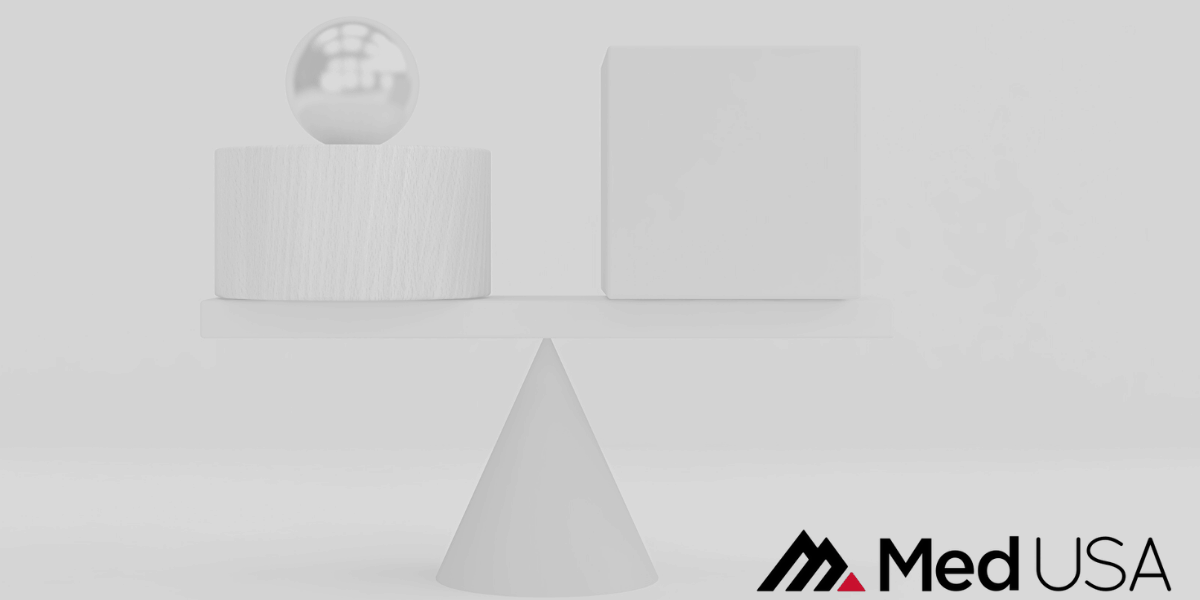
Direct Primary Care: Everything You Need to Know
There are many things that health care practices can do to try and improve patient retention and satisfaction. Believe it or not, you don’t have to sacrifice a healthy revenue stream either. One of the ways to do this is through Direct Primary Care.
What is Direct Primary Care?
Direct Primary Care, or DPC, is an alternative payment model that improves access to health care via a subscription. Instead of shelling out a co-pay every time you visit the doctor, a DPC asks you to pay a flat membership fee for a monthly or yearly rate. Your plan allows you to access primary care whenever you need it most. Whether you wake up feeling under the weather or need to update your immunizations for a business trip overseas.
Imagine that: No more third-party billing, or fee-for-service payments. Just the ability to see a doctor as much as needed and develop a deeper and more meaningful relationship. Those who promote DPCs as a strong alternative choice believe they lead to better health outcomes, lower costs and a better overall patient experience.
Are you interested in learning more about DPCs? If so, just keep reading.
What’s the Fee Schedule?
Most Direct Primary Care practices display pricing upfront when consulting with patients. Usually, there is a monthly membership fee; the typical price is under $100 per member, and some practices offer family discounts.
What is Included in The Subscription Fee?
A lot! Of course, it depends on the practice, but some facilities allow unlimited office visits and services from a doctor. Others include same or next-day visits along with the ability to get in touch with a physician 24 hours per day. Some practices even include services such as laboratory testing, prescription refills, and more.
Does DPC Replace Insurance?
No. Even if your practice transitions to a DPC, you should still encourage your patients to have a high deductible health insurance policy. That way, if they incur medical expenses outside of primary care, such as an extensive hospital stay, they won’t have to pay for everything out of pocket.
Do DPCs Help Lower Medical Costs?
In The American Journal of Managed Care, a study found that patients who use Direct Primary Care are 52% less likely to use services at an expensive hospital than at a traditional private practice because “increased physician interaction is the reason for the lower hospital utilization and ultimately lower healthcare costs.”
What Other Benefits Do DPCs Offer?
Some DPC providers make adjustments in how they schedule patients and cap how many patients they serve as part of the membership program. Because of those moves, doctors see a smaller number of patients compared to non-DPC providers, which in theory allows them to have deeper, more meaningful relationships that many patients appreciate. When you spend time with your doctor instead of feeling like you are being rushed, you have more confidence in how you’re being treated.
What is the Potential for DPC?
Over the course of the last few years, the number of DPCs has grown exponentially. One advocacy group, the Direct Primary Care Coalition, says there are more than 1,000 practices in 49 states currently using the DPC model, with more than a half-million patients treated. For many of the reasons stated earlier, the model is also becoming more popular with doctors. Many medical professionals feel that the DPC model allows them to serve patients more efficiently at lower costs and with less red tape.
Many states are also taking measures to adopt Direct Primary Care. For example, in the Missouri state legislature, there is draft legislation that would begin a pilot program for Medicaid enrollees in a select few counties. For just $70 per month, Medicaid patients could work with DPC physicians and access the medical care they need exactly when they need it.
The Challenges of the DPC Model
The DPC payment model presents many exciting opportunities, but it presents challenges, too. For example, physicians who run DPC practices must be available to patients at all times. This is particularly true if your practice promises 24/7 care or videoconferencing on demand. If you take on too many patients, you may find yourself feeling pressed for time or generally overwhelmed. It’s better to ease into a new payment model than it is to take on too much and get in over your head.
With more than four decades of building profitable relationships, we’re a medical billing and practice management company that provides customized solutions including an integrated Electronic Health Record (EHR), Medical Coding and Credentialing Services. Our Services are based on the concept of adaptability. We provide solutions for Office-Based Physician Practices, Hospital Based Practices and Billing Companies with services based on the concept of adaptability, and we provide scalable solutions from small practices to large provider systems. Get in touch with us today and find out more how we can work together.
Ready to Transition Your Practice to the DPC Model?
Talk to a Med USA Practice Management Expert Today!


